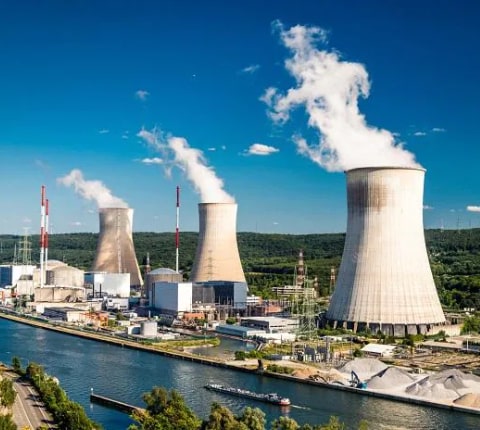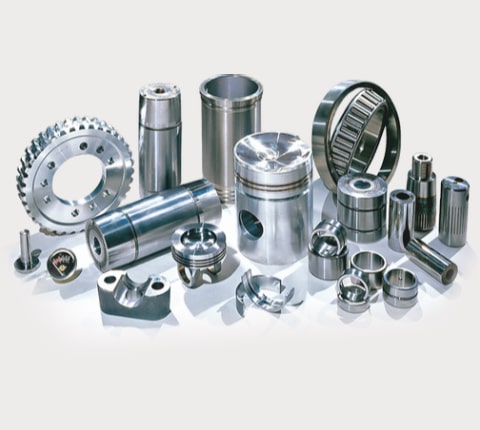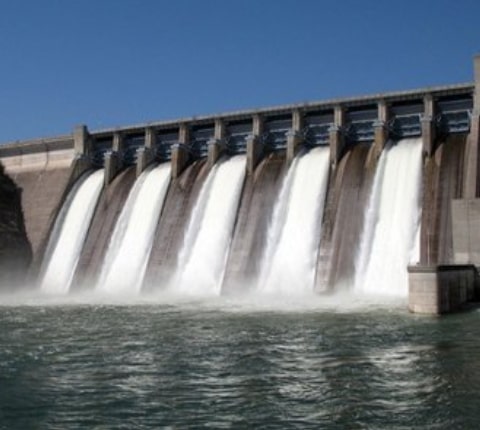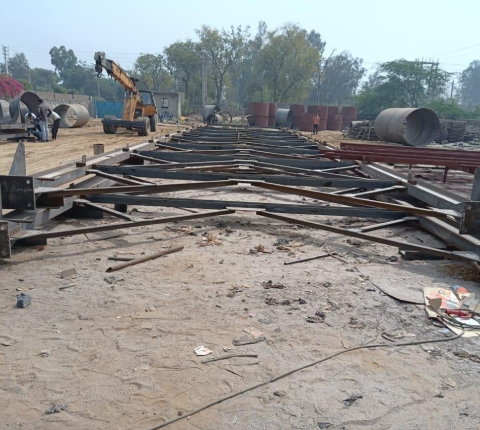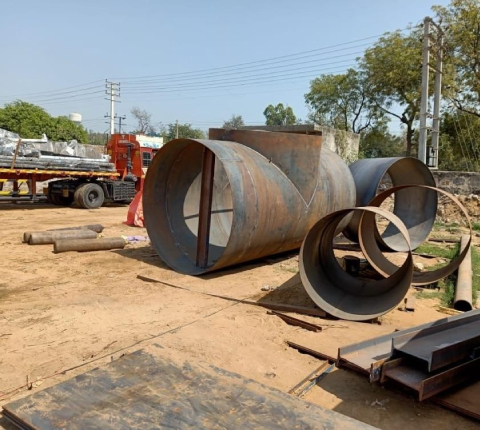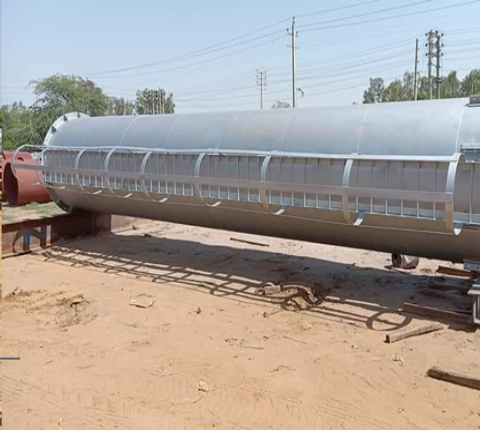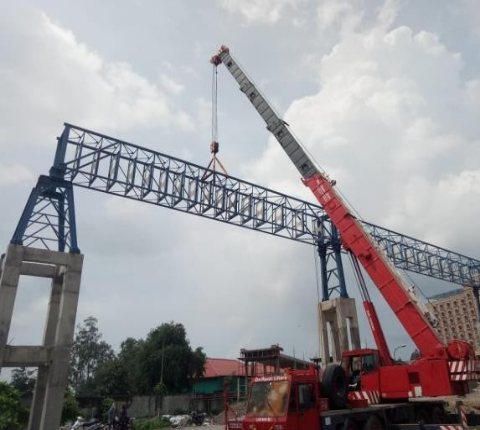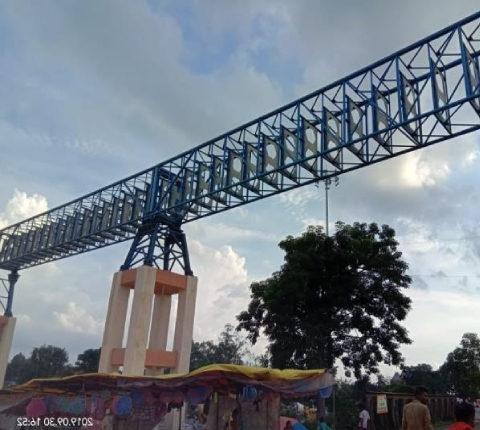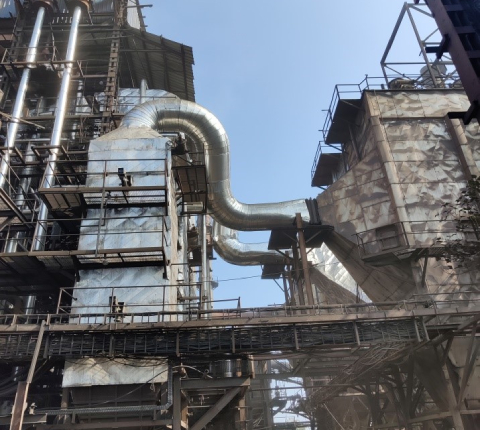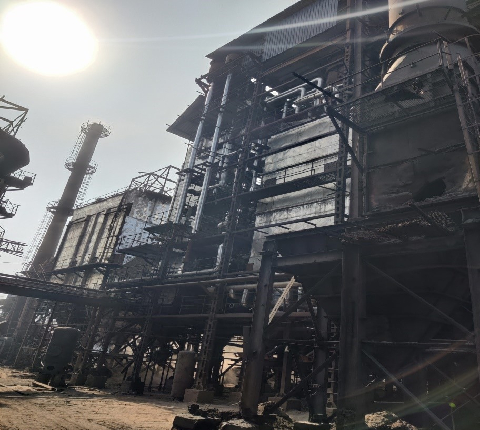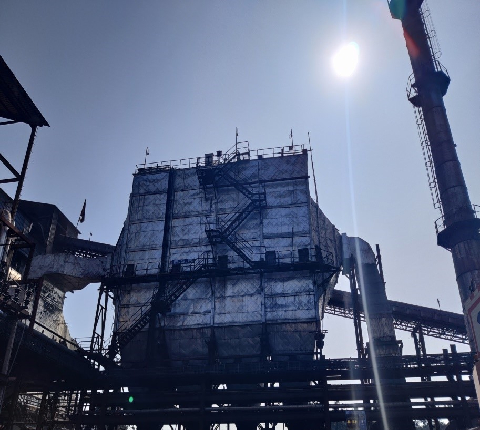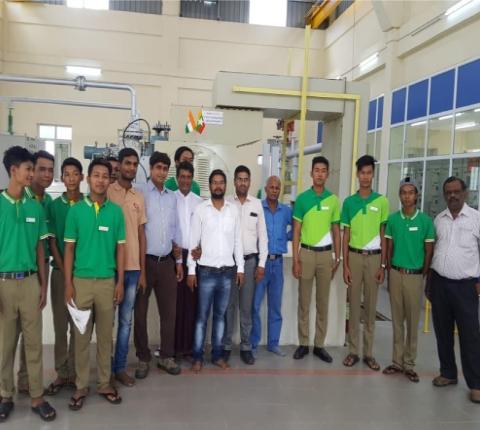-
+91-7015385959
Call us -
[email protected]
Email id -
Plot No. 3, Industrial Area, HSVP,
Hathin, Palwal, Haryana-121103
Our Products
Belt Conveyor
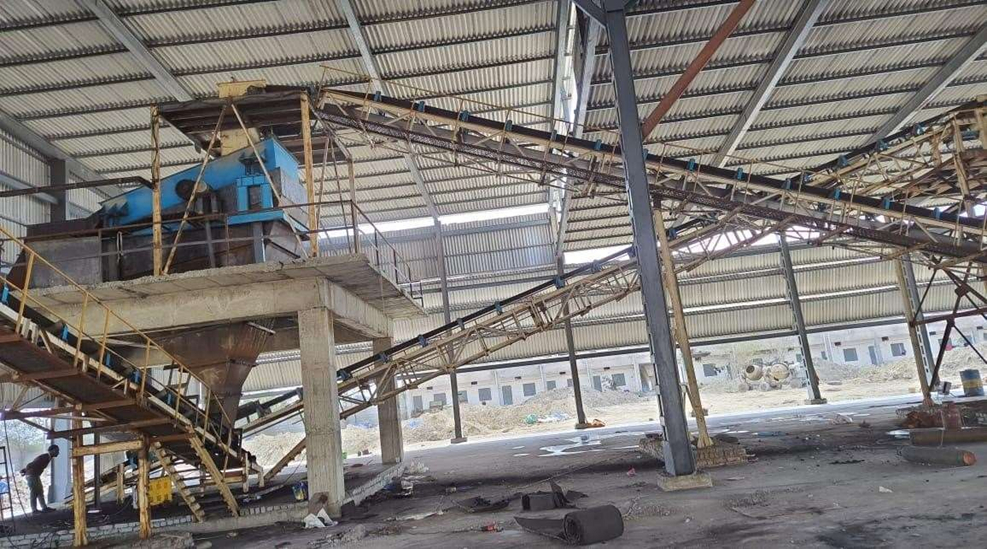
A belt conveyor is a mechanical handling equipment widely used in various industries to transport bulk materials or products from one point to another. It consists of a continuous loop of a durable material (usually rubber, PVC, or metal) known as the conveyor belt, which moves over pulleys or rollers to facilitate the smooth movement of goods or materials. Conveyor Belt: The conveyor belt is the most crucial component, and it comes in various types depending on the specific application, load-bearing capacity, and material being transported. Common types of conveyor belts include flat belts, troughed belts, cleated belts, and modular belts.
Sidewall Conveyor
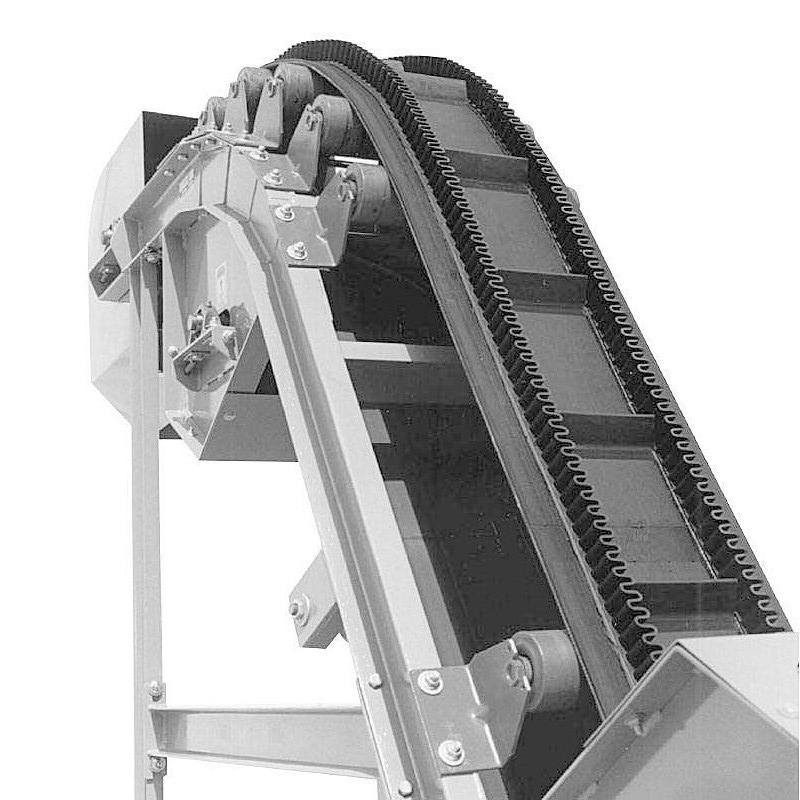 A sidewall conveyor, also known as a sidewall belt conveyor or a high-angle conveyor, is a specialized type of belt conveyor designed to transport bulk materials with a high incline or vertically between two levels. The conveyor belt used in sidewall conveyors is equipped with sidewalls and cross cleats or cleat profiles on the belt surface. These features prevent materials from falling back or spilling during steep inclines, making it suitable for conveying materials at angles up to 90 degrees.
A sidewall conveyor, also known as a sidewall belt conveyor or a high-angle conveyor, is a specialized type of belt conveyor designed to transport bulk materials with a high incline or vertically between two levels. The conveyor belt used in sidewall conveyors is equipped with sidewalls and cross cleats or cleat profiles on the belt surface. These features prevent materials from falling back or spilling during steep inclines, making it suitable for conveying materials at angles up to 90 degrees.
- High Inclination Capability: Sidewall conveyors can transport materials at steep inclinations, often up to 90 degrees or more, which makes them suitable for moving materials between different elevations.
- Space-Saving Design: Sidewall conveyors are ideal for installations in tight spaces where a traditional conveyor with large horizontal footprints may not be feasible.
Bucket Elevator
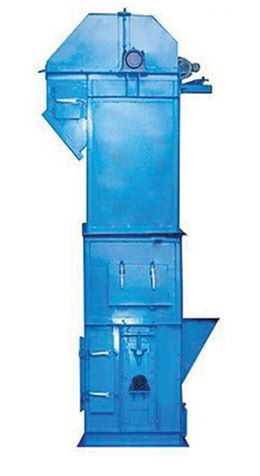
A bucket elevator is a type of vertical conveyor used to transport bulk materials vertically between two levels. It consists of a series of buckets attached to a chain or belt that moves in a continuous loop, lifting materials from the lower level to the upper level. Bucket elevators are commonly used in industries that require efficient vertical handling of bulk materials, such as grains, seeds, aggregates, minerals, chemicals, and various other free-flowing or powdered materials.
- Buckets: The buckets are containers or cups attached to the chain or belt at regular intervals. They come in various shapes and sizes, depending on the material being conveyed and the specific application. The buckets are designed to scoop up the material from the lower level and discharge it at the upper level.
Screw Conveyor
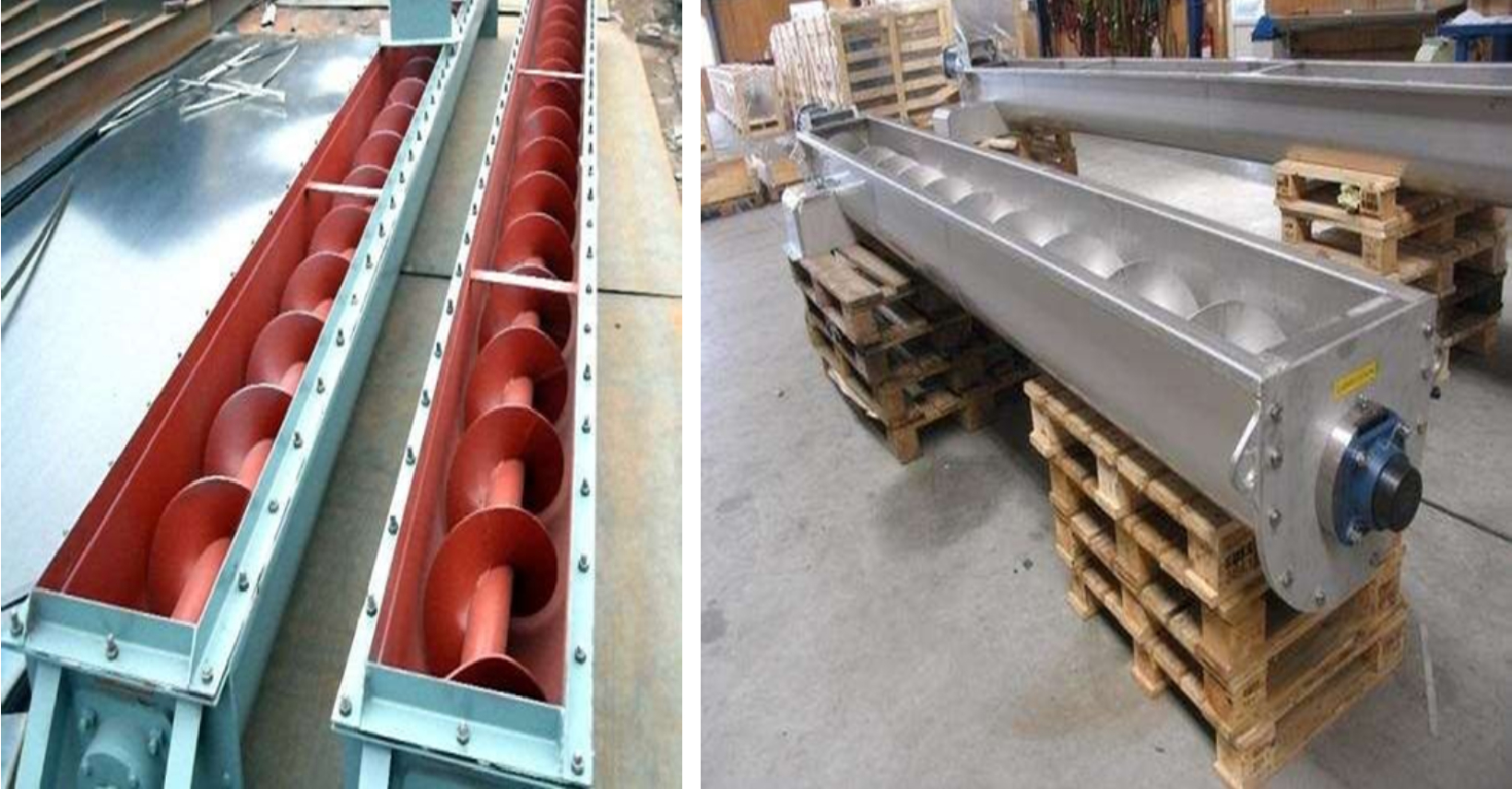
A screw conveyor is a versatile mechanical conveying system used to transport bulk materials horizontally or at a slight incline. It consists of a rotating helical screw blade, also known as an auger, enclosed in a tube or trough. The rotation of the screw pushes the material along the trough, effectively conveying it from one point to another.
- Screw or Auger: The screw is the central component of the conveyor and is typically made of steel. It is a helical blade that extends along the length of the trough and is responsible for moving the material forward as it rotates.
- Trough or Tube: The trough or tube provides the casing or enclosure for the screw, containing the bulk material during transportation. It can
Vibrating Screen
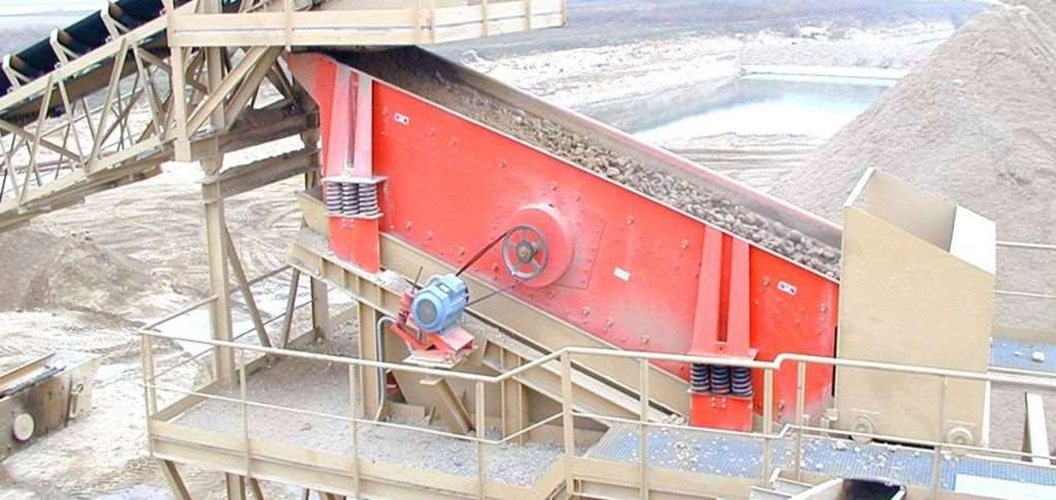
A vibrating screen, also known as a sieving or sifter machine, is a device used to separate, classify, and sort particles or materials based on their size or shape. It employs vibrating motion to induce particle movement and stratification, allowing smaller particles to pass through the screen openings while larger particles are retained on the screen surface.
- Screen Surface: The screen surface is the primary working element of the vibrating screen. It consists of a series of perforated plates, mesh, or other types of screening media with specific opening sizes. The screen surface is responsible for separating particles based on their size.
- Vibrating Motor: Vibrating screens are equipped with one or multiple vibrating motors that generate the vibrating motion. The motors are mounted on the side or underneath the screen surface and produce vibratory forces that cause the screen to vibrate.
Coal Crusher
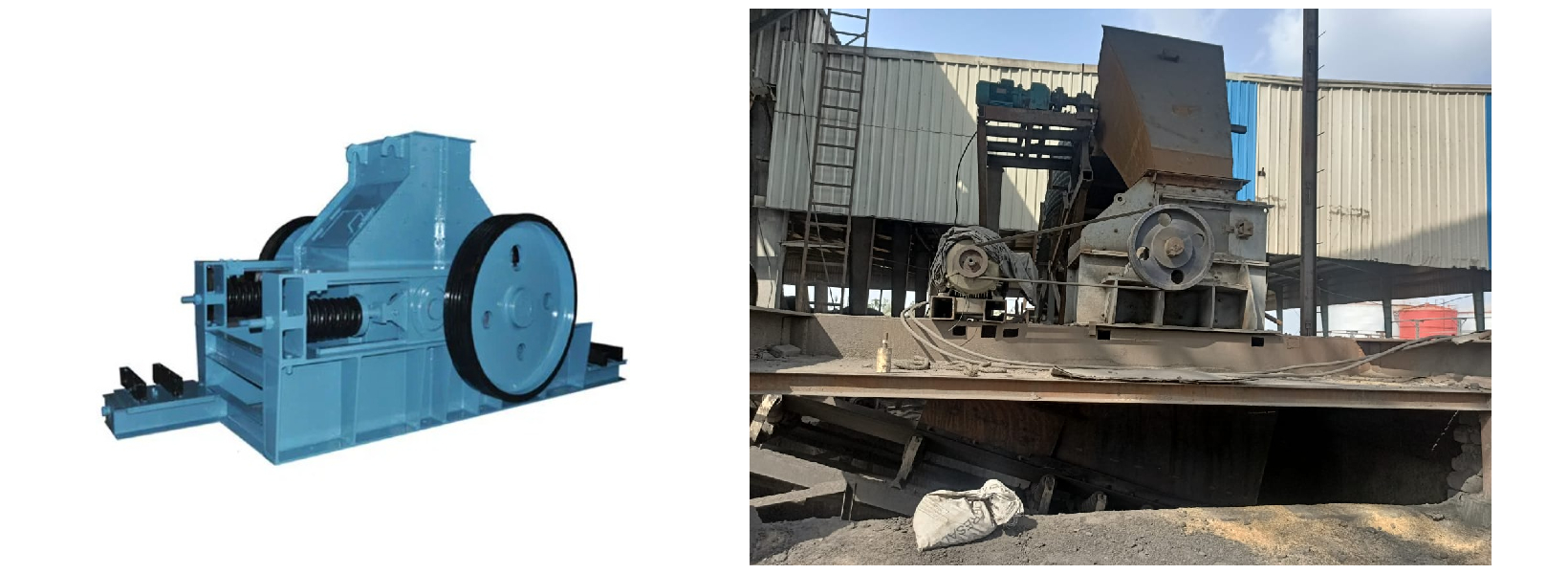 A coal crusher is a machine designed to reduce the size of coal or coal chunks into smaller sizes for use in various applications. Different types of coal crushers are available for different crushing stages. Here are some common types of coal crushers:
A coal crusher is a machine designed to reduce the size of coal or coal chunks into smaller sizes for use in various applications. Different types of coal crushers are available for different crushing stages. Here are some common types of coal crushers:
- Jaw Crusher: A jaw crusher is a primary crusher used for crushing large chunks of coal into smaller particles. It has a fixed jaw and a movable jaw that moves back and forth to crush coal into the desired size.
- Impact Crusher: Impact crushers are typically used as secondary crushers. They work by impacting the coal with hammers or blow bars that are fixed on the rotor, causing the coal to break into smaller pieces upon impact.
Magnetic Saperator
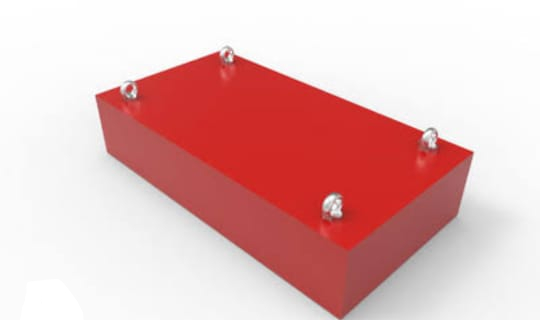
A magnetic separator, also known as a magnetic separation machine or magnetic sorting equipment, is a device used to separate magnetic materials from non-magnetic materials. It utilizes the magnetic properties of certain materials to effectively isolate and concentrate them from a mixture. The basic principle behind magnetic separation is that materials with different magnetic properties will respond differently to a magnetic field. When placed in a magnetic field, magnetic materials are attracted to the magnetic field and can be easily separated from non-magnetic materials.
- Magnetic Drum/Roll: The magnetic drum or roll is the primary component of the magnetic separator. It contains high-strength magnets or magnetic elements arranged in a specific pattern to generate a magnetic field. As the mixture passes over or through the drum/roll, magnetic particles are attracted and separated from the non-magnetic particles.
- Feeding System: The feeding system ensures a continuous and even flow of the material to be separated, allowing efficient separation.
Drum Feeder
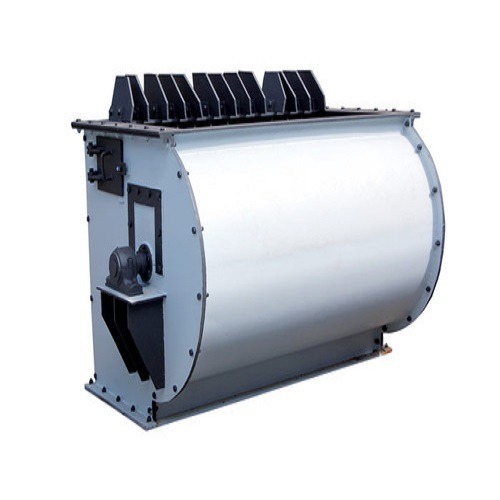
In industrial applications, a drum feeder can be a type of bulk material handling equipment used to transfer or feed materials from one process to another. These feeders typically consist of a rotating drum or cylinder, which helps control the flow of materials. The drum's rotation can be adjustable, allowing for the regulation of material flow rates.
Chain Conveyor
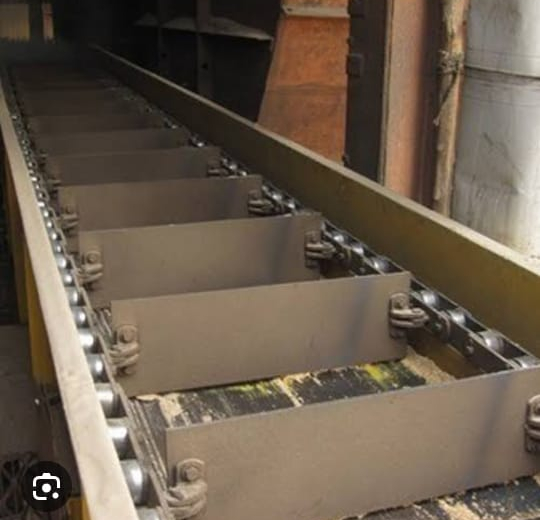
A chain conveyor, also known as a chain conveyor system or chain-driven conveyor, is a type of mechanical handling equipment used to transport bulk materials or products horizontally or at a slight incline. It consists of one or more chains that run in a continuous loop and are driven by sprockets at either end of the conveyor.
- Chain: The chain is the primary moving element of the conveyor and is made up of interconnected links. The type and design of the chain depend on the specific application and the materials being transported.
- Sprockets: Sprockets are toothed wheels mounted on the ends of the conveyor, and they engage with the chain to drive it. The rotation of the sprockets propels the chain and, in turn, moves the materials along the conveyor.
Vibrating Feeder
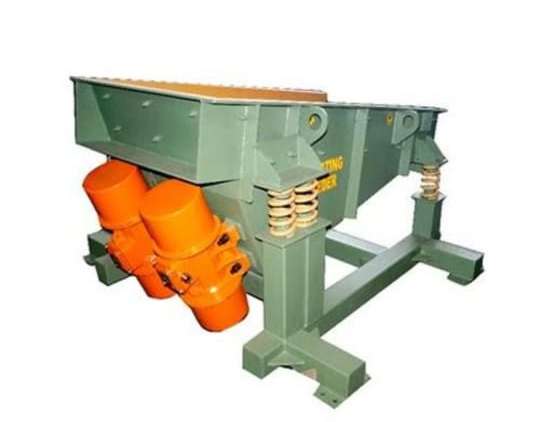
A vibrating feeder, also known as a vibratory feeder or vibrating conveyor, is a type of equipment that uses vibration to transport and feed bulk materials or objects. It employs vibratory motion to convey materials along a trough or tube and is commonly used in various industries, including mining, metallurgy, chemical processing, and aggregates.
- Vibrating Tray or Trough: The vibrating tray or trough is the primary component of the feeder and serves as the conveying surface. It is usually made of durable materials like steel and is designed to vibrate at a specific frequency and amplitude.
- Vibrating Motor: Vibrating feeders are equipped with an electric motor that generates the vibratory motion. The motor imparts an oscillating force to the tray or trough, causing it to vibrate, and thereby, move the materials along the conveyor path.



